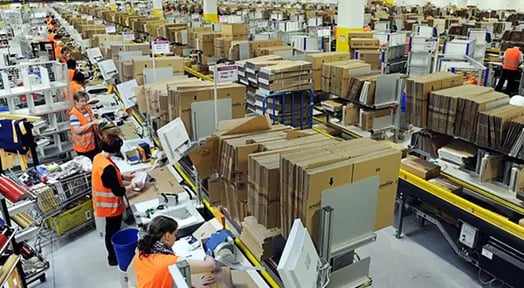The movement for a $15 per hour federal minimum wage has gathered momentum in the past year after New York, San Francisco and Seattle passed minimum wage laws, encouraging some companies to follow suit.

But, Amazon’s new $15 wage mandate shows that increasing minimum wages across an uneven economic landscape also comes with unexpected negative consequences.
The many faces of $15
One of the issues is that the purchasing power of $15 varies from roughly $11 to $20 across the country based on varied costs of living.
A $15 wage equals $17.10 in purchasing power at Amazon’s South Carolina fulfillment center, but only $13.57 at a warehouse outside of Seattle, where the company is headquartered.
What’s the problem with this variability? Well, since the median wage is below $15 in some places, Amazon employees could suddenly be making more than nurses and other professionals.
And, unless the wages of nurses increase proportionally alongside the mandated increases, many communities could gut local economies by drawing employees away from other jobs and potentially slowing down hiring in other important industries.
And it also comes with a catch:
To finance wage increases, Amazon eliminated employee bonuses and stock awards, causing employees to claim their overall compensation will decrease.
All right then geniuses, what’s your solution?
Here’s one proposed idea: Increase employee wages according to their local purchasing power. Sure, it’d be harder for Amazon to implement, but it would also avoid throwing local economies out of whack.

